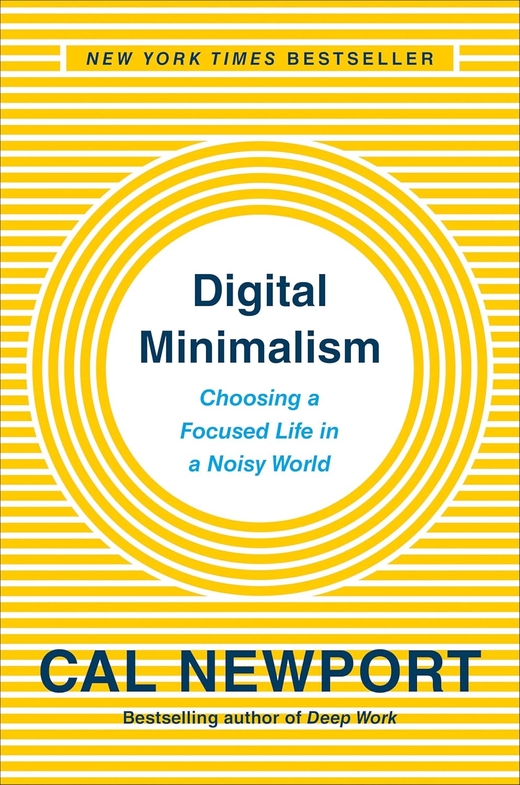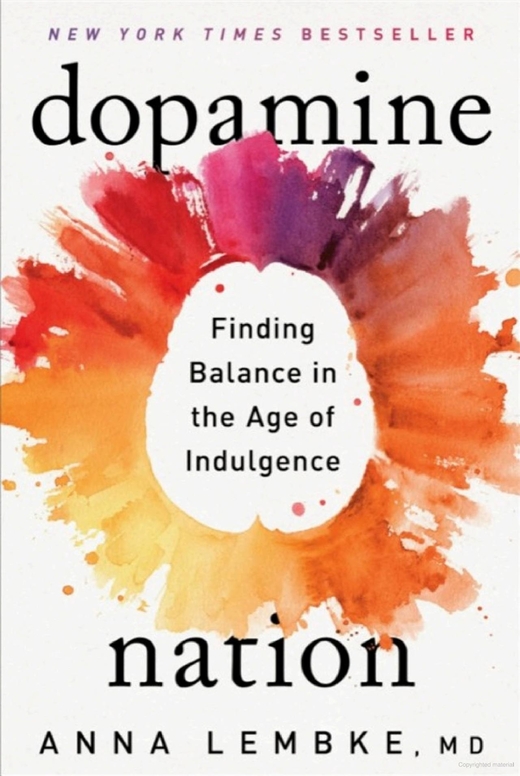Built to Fail: An Evolutionary Approach to Addiction
The world now faces an epidemic of addiction. This evidences a mismatch between the human brain and the stimuli of the modern ecosystem. Hence, in this essay, I investigate this phenomenon through an evolutionary approach to addiction.
22. April 2025 by Maria Eduarda Barbosa
Introduction
In two dimensions, human ears are remarkably effective at detecting the direction of sound. We can instinctively distinguish whether a sound comes from the left, right, front, or back—but we struggle to make the same distinction vertically. Birds, by contrast, possess auditory systems that allow them to track sounds in three dimensions.[1] This difference reflects the environments these species have evolved to navigate: humans largely move in a two-dimensional world, while birds live and move in three.
The same principle applies to vision. Animals with horizontally elongated pupils—such as goats and deer—enjoy a wide panoramic field of view, ideal for detecting predators. Those with vertical slit pupils—like cats and snakes—are better adapted for tracking and ambushing prey.[2] A goat with vertically slit pupils would be less suited to escape predators; its anatomy would no longer match the threats in its world. This kind of mismatch between organism and environment is often pathological.
Today, humans face a similar mismatch—not in perception, but in motivation. Our brains evolved to navigate a world of scarcity, where survival required effort, trial, and error. But in a world of abundance, our ancient motivational systems are being hijacked by stimuli designed to exploit them. Addictive substances and behaviors—from food and pornography to social media and digital gaming[3][4]—mimic the rewards of survival, but shortcut the effort. We are witnessing an epidemic of addiction driven by systems that were once adaptive, but are now out of place.
Humans were built to be motivated to always try again, navigating the balance between pleasure and pain in a cycle of successes and failures characteristic of a world marked by scarcity.[5] It seems to be the case that such systems are currently not adaptive. However, they are complex and persistent – the limbic system, responsible for motivation and addiction, is shared at some level by virtually all vertebrates.[6] Additionally, the dopamine-mediated neural circuits Jaak Panksepp called our “seeking systems” is markedly conserved in all mammals,[7] indicating that such systems have been adaptive for a long time. Human motivation went wrong when humans shifted into a world of overabundance, where pleasure and success are artificially and continuously supplied, but it could never have evolved if it did not originally match the challenges and opportunities of the natural environment.
A new Paradigm for Pleasure and Pain
Pleasure and pain are commonly viewed as opposites, yet neurologically they are intertwined within a balance regulated by dopamine.[8] A pleasurable experience briefly spikes dopamine, alleviating desire, but soon afterward, dopamine levels dip below baseline, causing discomfort and craving. Repeated exposure intensifies this pattern, requiring increasingly potent stimuli to achieve even minimal satisfaction, thus creating a cycle of addiction.[9]
Although humans share these mechanisms with other mammals, wild animals rarely exhibit addictive behaviors. Laboratory rats, however, readily self-administer cocaine when provided continuous access.[10] The crucial difference is environmental: in nature, rewards like food, mates, and shelter require significant effort and involve frequent failures. The limbic system evolved to accommodate intermittent successes, motivating continued effort rather than constant reward. Thus, when rewards become effortlessly and continuously available, as in modern human contexts, addiction flourishes.
Anticipation and Effort
Ivan Pavlov demonstrated anticipation in his classic experiment, where dogs learned to associate a bell with food, causing salivation at the bell alone.[11] Modern research confirms similar neurological activation in humans, such as increased reward pathway activity in individuals anticipating high-calorie foods.[12]
Anticipation plays a beneficial evolutionary role by motivating effort toward uncertain rewards, crucial in environments of scarcity. A small anticipatory reward encourages persistent pursuit, while failure intensifies craving, ensuring continued effort. This is why this neural circuits have also been called "behavioral facilitation system".[13] In short, anticipation, in its natural form, facilitates effort by providing a small emotional reward previous to the obtention of the actual reward and a painful urge to try again in case the anticipated reward is absent.
However, this same system makes humans vulnerable when anticipation is artificially stimulated without meaningful effort. Modern stimuli, such as notifications on smartphones or slot machines, exploit anticipation through random intermittent reinforcement, deeply embedding addictive behaviors.
Random Intermittent Reinforcement
Random intermittent reinforcement occurs when actions unpredictably yield rewards, significantly amplifying motivation and repetition of behaviors. Laboratory rats pressing a lever for heroin exhibit markedly increased lever-pressing when rewards are intermittent rather than continuous.[14] This mechanism is also evident in gambling addiction, where losing prompts increased craving and repeated attempts.[15]
If the limbic system is particularly vulnerable to intermittent reinforcement, it likely evolved in an environment characterized by intermittent reinforcement—an environment in which pleasure and success were scarce and hard to obtain. In such an environment, random intermittent reinforcement would have been adaptive, motivating continued pursuit despite frequent failures, thereby enhancing survival through persistent effort and exploration.
Modern technologies deliberately utilize random intermittent reinforcement. Social media platforms, for instance, employ notification systems mimicking slot machines, driving frequent checking behaviors.[16] Such manipulation highlights how modern environments weaponize evolutionary vulnerabilities in our motivational systems, originally designed for scarcity and uncertainty.
The Problem of Potency
Another critical distinction between artificial and natural dopamine-enhancing stimuli is their potency. Artificial stimuli can achieve greater potency through unlimited frequency and intensity. For instance, sexual intercourse naturally limits itself due to physical and social constraints, while pornography consumption faces virtually no such boundaries and can escalate to increasingly extreme content. Additionally, the dopamine spike induced by amphetamines can reach up to ten times the peak experienced during an orgasm. This distinction is particularly significant because the dopamine drop responsible for craving is proportional to the preceding peak.[5] Therefore, higher dopamine peaks result in more intense cravings and faster progression toward addiction.
From an evolutionary standpoint, this presents a unique challenge. Dopamine originally evolved to promote limited, uncertain activities requiring effort, as demonstrated by anticipation and random intermittent reinforcement mechanisms. The artificial manipulation of dopamine through high-frequency, high-potency stimuli fundamentally undermines these evolved systems.
Conclusion
Human dopamine-mediated seeking systems evolved to facilitate environmental exploration and the pursuit of challenging rewards in a world characterized by scarcity. In such a world, failure and success represented different aspects of the same process. Humans were thus inherently built to experience frequent failure in pursuit of intermittent success. Consequently, our motivational systems are poorly adapted to a modern environment offering constant, effortless rewards.
It is impossible to modify the human brain to eliminate cravings for maladaptive behaviors driven by dopamine spikes. Ultimately, our dopaminergic systems do not distinguish between genuine intimacy and pornography, between finding nutritious food and eating potato chips, or between securing vital resources and consuming methamphetamines. Dopamine spikes indiscriminately, driving us repeatedly toward instant gratification. Such gratification, when easily accessible, briefly suppresses desire but subsequently leads to intensified cravings and addiction.
Systems that historically allowed humans to enjoy diverse pursuits, face frequent failures, and ultimately thrive in complex environments are now exploited, narrowing our motivational scope and limiting our potential for meaningful achievement.
Recommended Readings
References
| [1] | Mark F. Bear, Barry W. Connors, e Michael A. Paradiso, Neuroscience: exploring the brain, Fourth edition (Philadelphia: Wolters Kluwer, 2016). |
| [2] | Martin S. Banks et al., “Why do animal eyes have pupils of different shapes?”, Science Advances 1, no 7 (7 de agosto de 2015): e1500391, https://doi.org/10.1126/sciadv.1500391 (opens in a new tab). |
| [3] | Jeffrey L. Derevensky, Victoria Hayman, e null Lynette Gilbeau, “Behavioral Addictions: Excessive Gambling, Gaming, Internet, and Smartphone Use Among Children and Adolescents”, Pediatric Clinics of North America 66, no 6 (dezembro de 2019): 1163–82, https://doi.org/10.1016/j.pcl.2019.08.008 (opens in a new tab). |
| [4] | Nathan P. Coussens et al., “The Opioid Crisis and the Future of Addiction and Pain Therapeutics”, The Journal of Pharmacology and Experimental Therapeutics 371, no 2 (novembro de 2019): 396–408, https://doi.org/10.1124/jpet.119.259408 (opens in a new tab). |
| [5] | Anna Lembke, Dopamine Nation: Finding Balance in the Age of Indulgence (Dutton, 2021). |
| [6] | Bret Stetka, A History of the Human Brain: From the Sea Sponge to CRISPR, How Our Brain Evolved (North Adams: Timber Press, Incorporated, 2021). |
| [7] | Jaak Panksepp, Affective Neuroscience: The Foundations of Human and Animal Emotions, 1. issued as an Oxford University Press paperback, Series in Affective Science (Oxford: Oxford University Press, 2005). |
| [8] | Siri Leknes e Irene Tracey, “A Common Neurobiology for Pain and Pleasure”, Nature Reviews. Neuroscience 9, no 4 (abril de 2008): 314–20, https://doi.org/10.1038/nrn2333 (opens in a new tab). |
| [9] | Marcello Solinas et al., “Dopamine and Addiction: What Have We Learned from 40 Years of Research”, Journal of Neural Transmission (Vienna, Austria: 1996) 126, no 4 (abril de 2019): 481–516, https://doi.org/10.1007/s00702-018-1957-2 (opens in a new tab). |
| [10] | Véronique Deroche-Gamonet, David Belin, e Pier Vincenzo Piazza, “Evidence for Addiction-like Behavior in the Rat”, Science (New York, N.Y.) 305, no 5686 (13 de agosto de 2004): 1014–17, https://doi.org/10.1126/science.1099020 (opens in a new tab). |
| [11] | V. S. Ramachandran, Encyclopedia of the Human Brain (San Diego, Calif: Academic Press, 2002). |
| [12] | Luke E. Stoeckel et al., “Widespread Reward-System Activation in Obese Women in Response to Pictures of High-Calorie Foods”, NeuroImage 41, no 2 (junho de 2008): 636–47, https://doi.org/10.1016/j.neuroimage.2008.02.031 (opens in a new tab). |
| [13] | R A Depue e W G Iacono, “Neurobehavioral Aspects of Affective Disorders”, Annual Review of Psychology 40, no 1 (janeiro de 1989): 457–92, https://doi.org/10.1146/annurev.ps.40.020189.002325 (opens in a new tab). |
| [14] | Ginevra D’Ottavio et al., “Increased Heroin Intake and Relapse Vulnerability in Intermittent Relative to Continuous Self-Administration: Sex Differences in Rats”, British Journal of Pharmacology 180, no 7 (abril de 2023): 910–26, https://doi.org/10.1111/bph.15791 (opens in a new tab). |
| [15] | Jakob Linnet et al., “Dopamine Release in Ventral Striatum of Pathological Gamblers Losing Money”, Acta Psychiatrica Scandinavica 122, no 4 (outubro de 2010): 326–33, https://doi.org/10.1111/j.1600-0447.2010.01591.x (opens in a new tab). |
| [16] | Cal Newport, Digital Minimalism: Choosing a Focused Life in a Noisy World (New York: Portfolio, 2019). |

